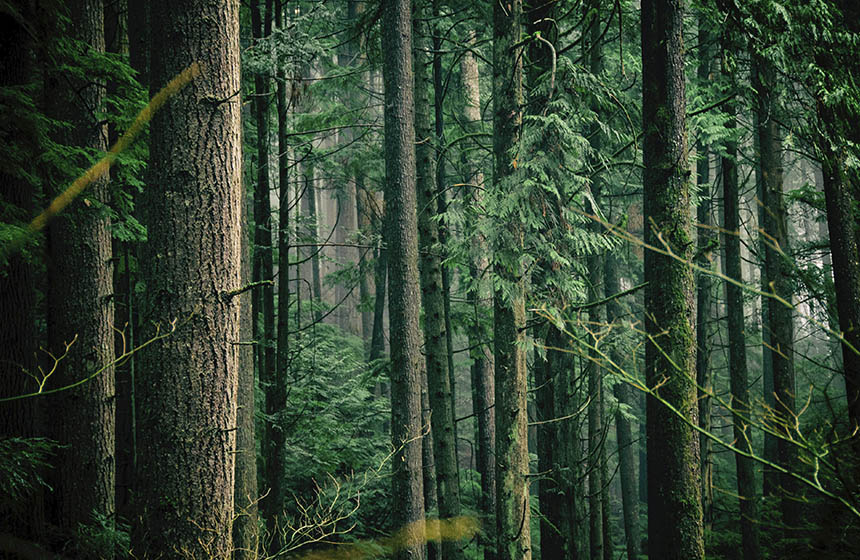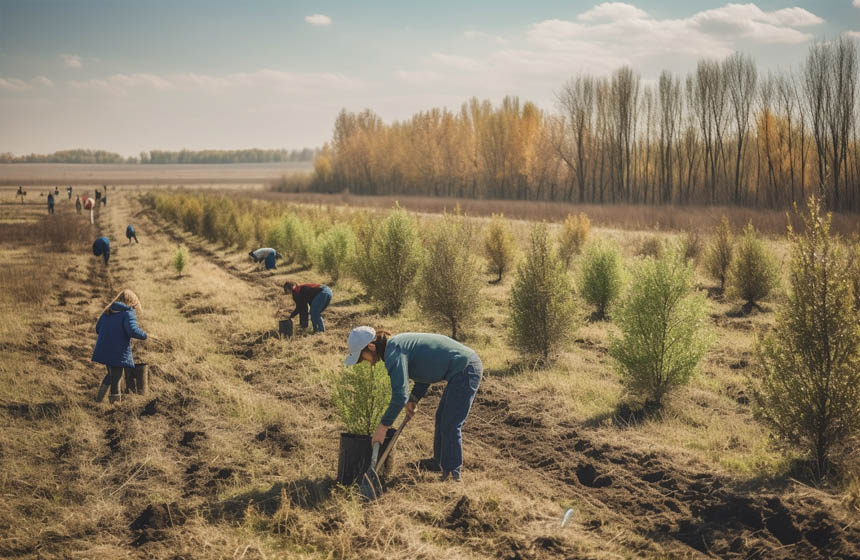Community forest protection and management by indigenous peoples
The Cheakamus Community Forest is a collaboration by the Lil’wat and Squamish First Nations and the Resort Municipality of Whistler (RMOW) to protect and sustainably manage over 33,000 hectares of forest.
Nature-based Intervention:
In 2009 the forest allotment surrounding the Whistler ski resort became available when the Canadian Ministry of Forests and Range announced a new Community Forest program. When this opportunity arose the RMOW created a partnership with the Lil’wat and Squamish first nations communities where all three are equal partners. Together they created the Cheakamus Community Forest which encompasses 33,000 hectares in total with approximately 15,000 hectares being designated as an area where no commercial harvest is allowed. Sustainable forestry is part of the mandate for the land allotment, so the first nation’s forestry partners use an Ecosystem Based Management approach to harvest approximately 40 hectares per year.
Overview of context and outcomes:
Whistler is the most visited tourist destination in British Columbia and has a high profile as a major outdoor recreation destination. This area of land surrounding the whistler resort was previously logged much more heavily and without indigenous community involvement. The commercial timber companies harvested 200 hectares annually with little available input from local peoples.
Case effectiveness on
Climate change
The project reportedly sequesters 15,000 tonnes of carbon dioxide per year. Since the development of the project is has reportedly sequestered over 150,000 tons of carbon.
Ecosystem health
Ecological effect: PositiveThere was a reported increase in habitat quality and connectivity due to a decrease of logging pressures and the designation of non-harvest zones within the community forest area.
Socioeconomic outcomes
This intervention helped return control of the land back to the Lil’wat and Squamish First Nations, when it had previously been controlled by commercial interests.
Governance
The three equal partners of the Lil’wat and Squamish First Nations and RMOW govern the forest under the Cheakamus Community Forest Society, which is a non-profit organization. The board of directors for the Cheakamus Community Forest Society has representatives from all 3 groups.
Finance
The project reportedly earns $100,000 from carbon credit sales annually. They also receive funding from their forestry partnerships and timber harvest.
Monitoring and evaluation
Money earned in the project is invested into forest monitoring programs.
Trade-offs and limitations
In recent years controversies have been raised over the continued logging of the forest. While the mandate requires sustainable logging, the forest surrounds the most visited tourist destination in British Columbia. Due to its high visibility to the public there are pushes for moving towards a fully protected area rather than a mixed use forestry landscape.

Intervention type
- Management
- Protection
Ecosystem type
- Temperate forests
Instigators
- Community/self driven
- Local private sector
Societal challenges
- Biodiversity conservation
- Climate change mitigation
- Rights/empowerment/equality
Outcomes
- Food security: Not reported
- Water security: Not reported
- Health: Not reported
- Local economics: Not reported
- Livelihoods/goods/basic needs: Not reported
- Energy security: Not reported
- Disaster risk reduction: Not reported
- Rights/empowerment/equality: Positive
- Conflict and security: Not reported
- No. developmental outcomes reported: 2
Resources
Read resource 1Read resource 2
Literature info
- Grey literature



